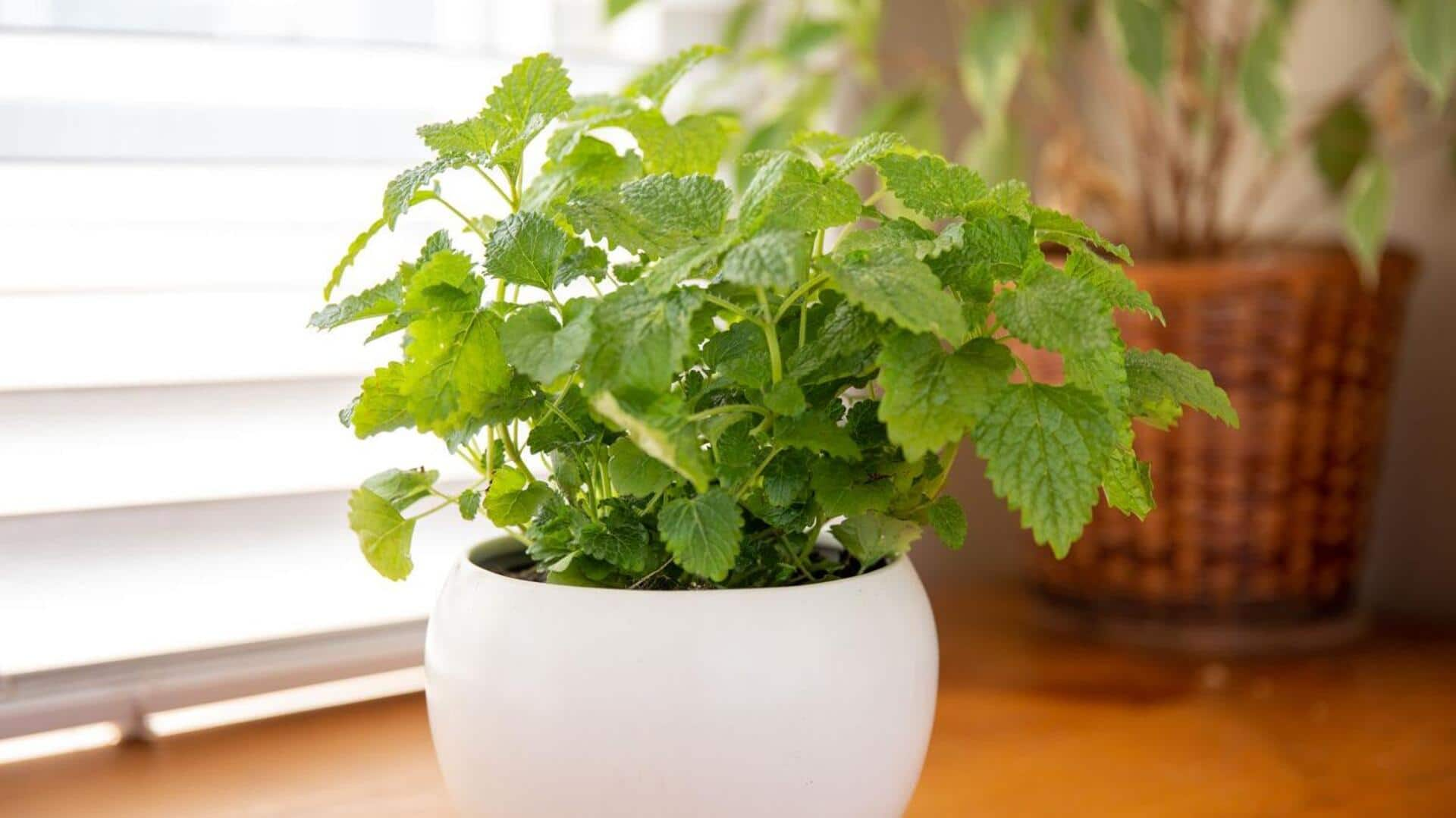
How to grow lemon balm at home
What's the story
Lemon balm is a fragrant herb with calming properties and culinary versatility. Growing lemon balm at home can be a rewarding experience, providing you with fresh leaves for teas, salads, and more. Here are some practical tips to grow lemon balm easily in your garden or indoors. With low-maintenance needs, lemon balm makes an ideal addition for both beginner and seasoned gardeners craving greenery.
Location matters
Choosing the right location
Selecting the appropriate location is crucial for growing healthy lemon balm. This herb thrives in well-drained soil with access to full sun or partial shade. If planting outdoors, choose a spot that receives sunlight for at least four hours daily. For indoor cultivation, place the plant near a sunny window where it can soak up natural light. Ensuring proper lighting conditions will promote robust growth and vibrant foliage.
Soil preparation
Preparing the soil
Lemon balm thrives in slightly acidic to neutral soil that is well-draining. Prior to planting, amend the soil with organic matter like compost or well-rotted manure to improve its fertility and structure. Ideally, you should target a pH level of six to seven by testing your soil in advance, if possible. Well-prepared soil will offer nutrients necessary for best growth and avoid waterlogging problems.
Water wisely
Watering techniques
Consistent watering is the key when cultivating lemon balm, but avoid overwatering as it may lead to root rot problems. Water deeply once or twice a week depending on weather conditions (more frequently during hot spells) and ensure that excess water drains away efficiently from pots or garden beds alike by using containers with drainage holes if necessary.
Trim regularly
Pruning practices
Regular pruning encourages bushier growth patterns while preventing legginess in plants over time—especially important when growing indoors where space might be limited. Trim back stems after flowering has finished each season, usually late summer, but avoid cutting too close down towards base level so new shoots have room to develop naturally without being stunted prematurely due to lack of available foliage support above ground level itself.